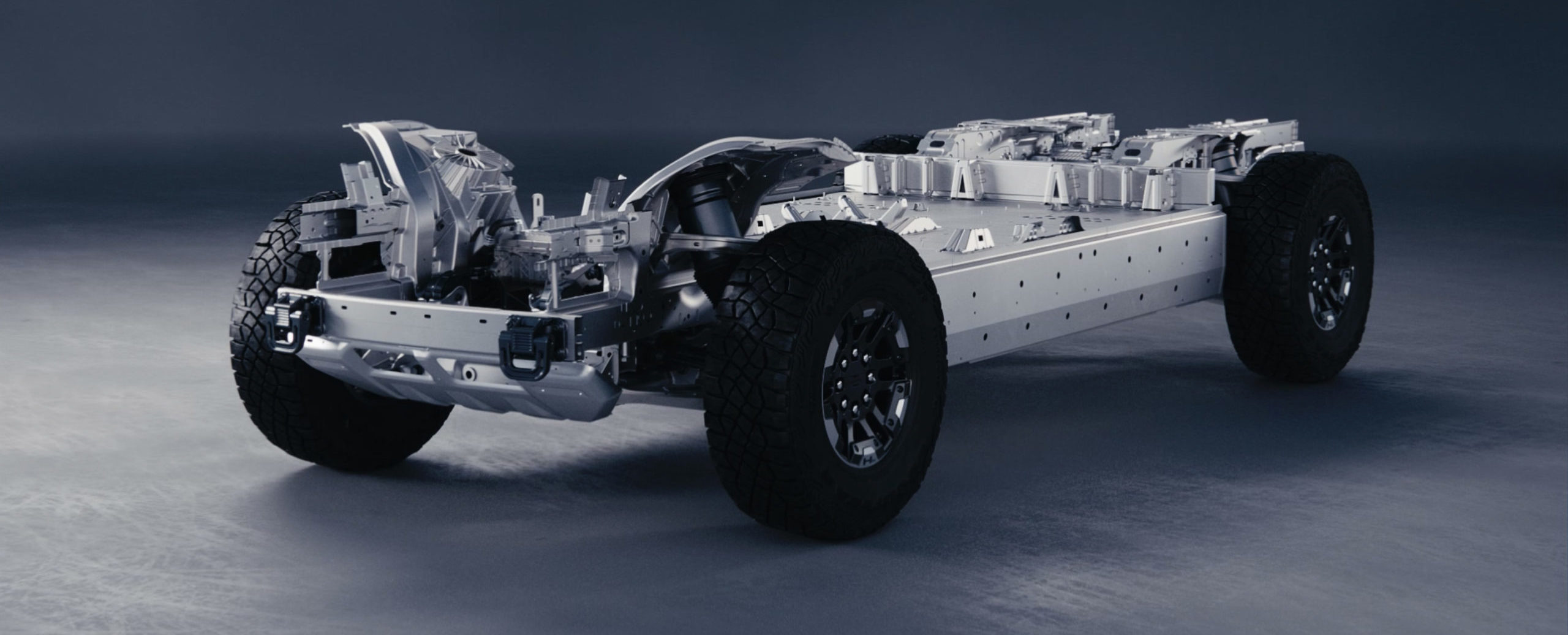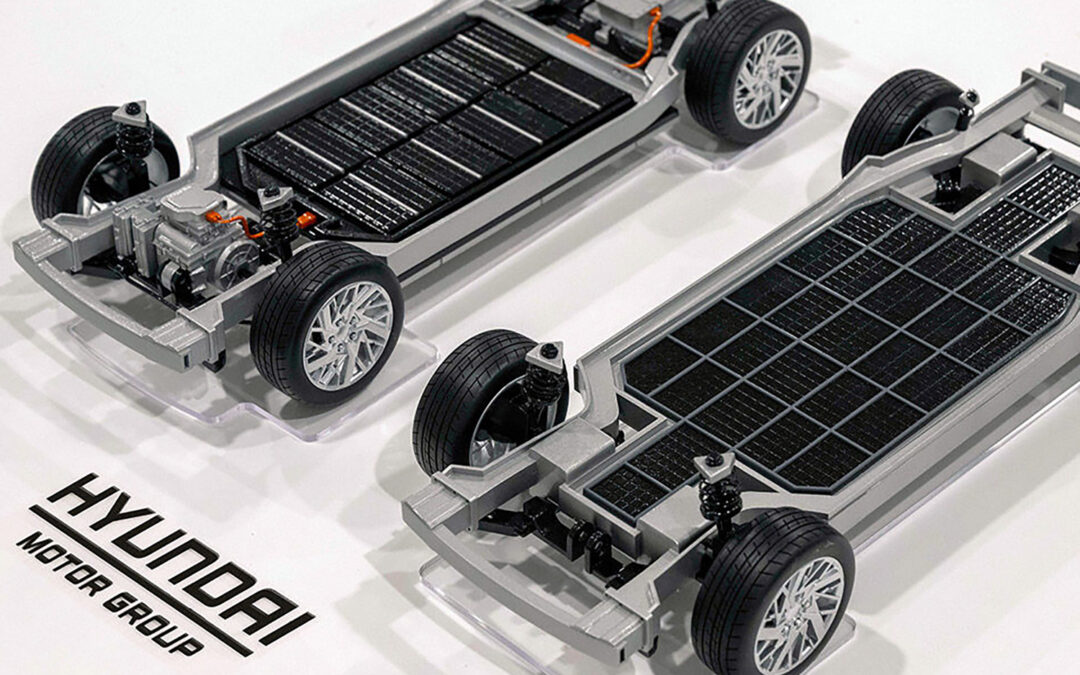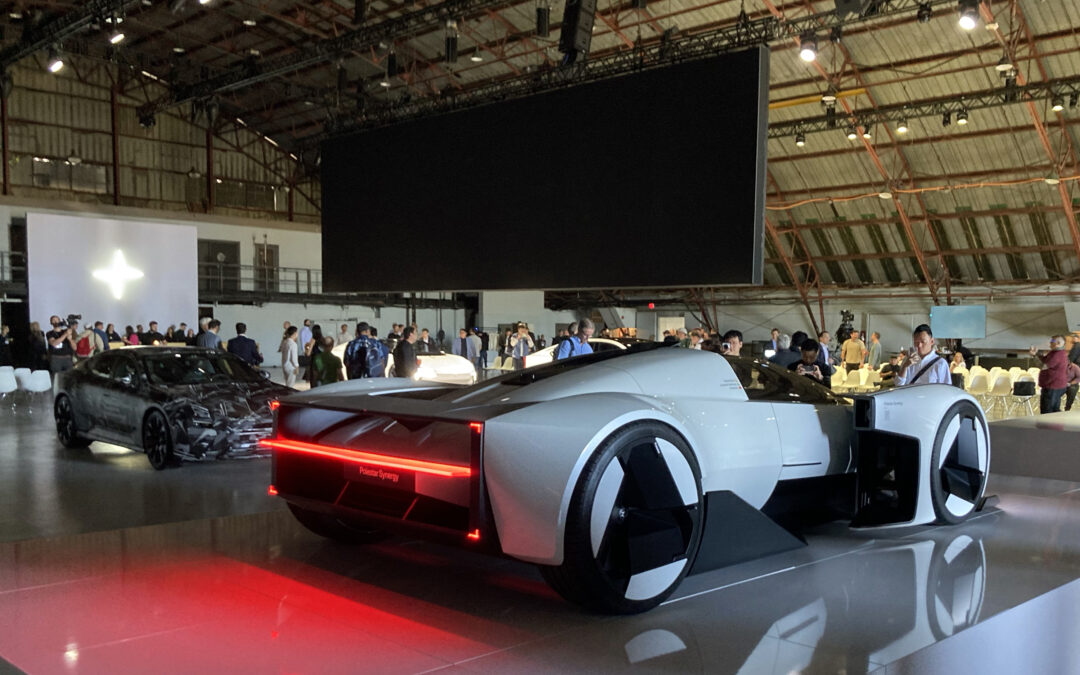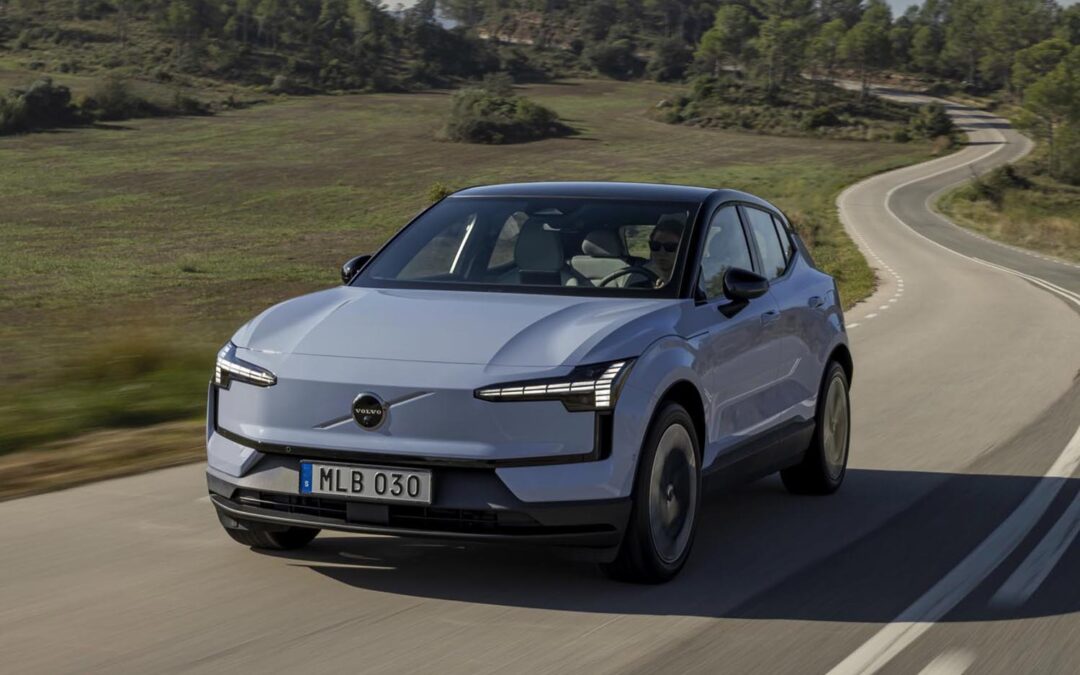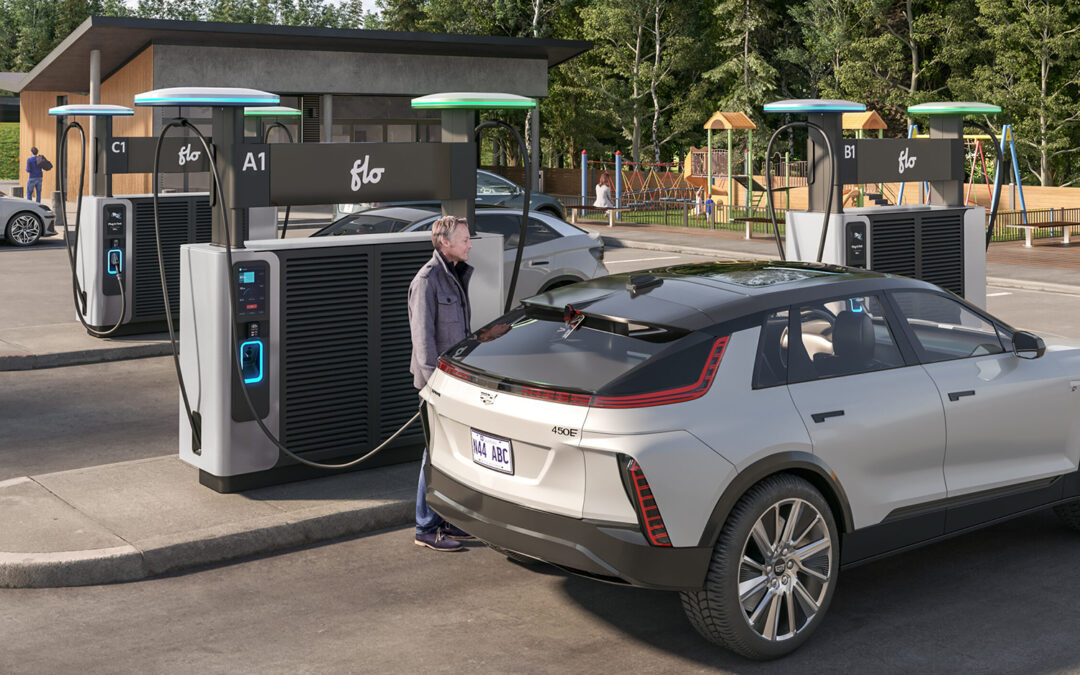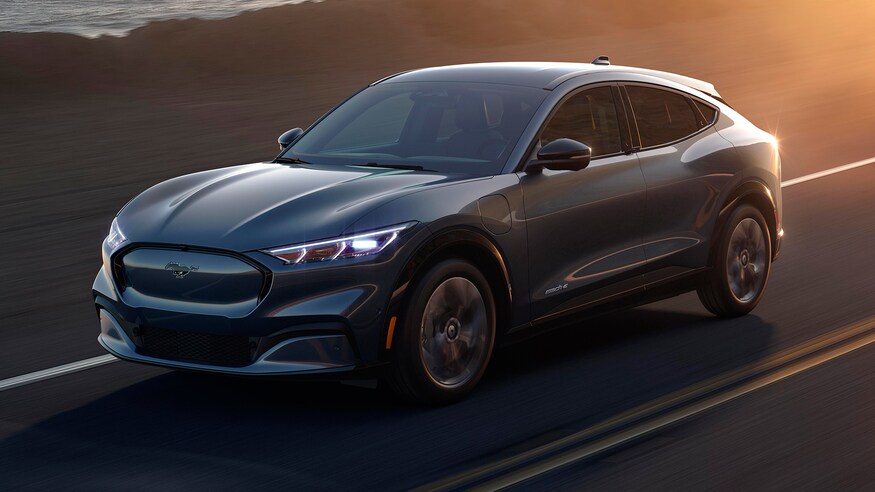A new energy recovery system at the heart of General Motor’s EV-dedicated Ultium platform could both increase the vehicle’s overall range and reduce the time required for recharging.
GM claims that the system could improve electric range across its EV range – specifically highlighting the Silverado EV, the GMC Hummer and the Cadillac Lyriq – by up to 10 per cent: take the estimated 480 km of the Lyriq for example (rear-wheel drive with 100.4 kWh battery and an estimated 340 hp), and that’s potentially up to an extra 48 km between top-ups.
GM plans to roll-out the energy recovery system across all of its future EV products.
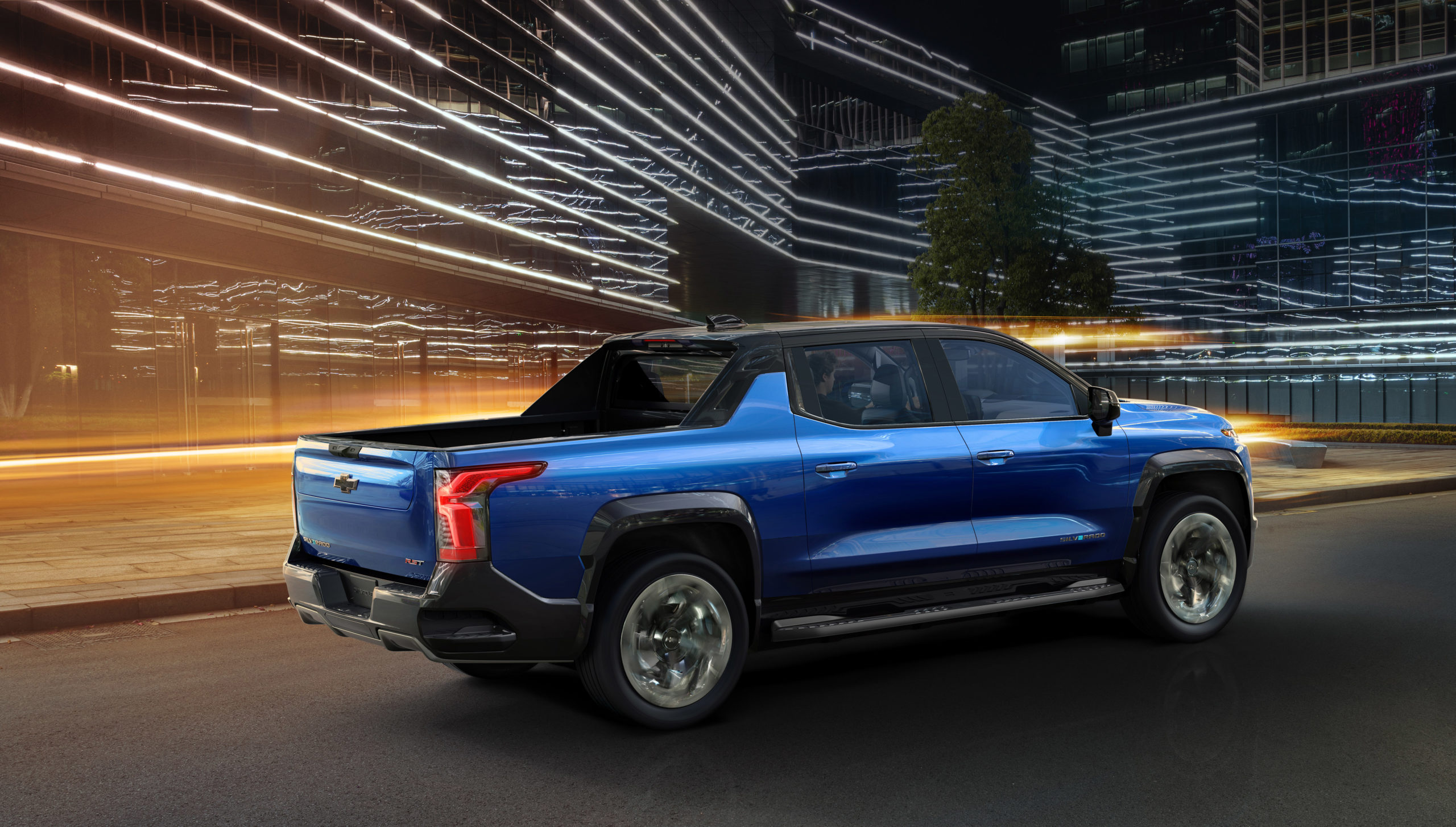
2024 Silverado EV RST
“Having a ground-up EV architecture gives us the freedom to build in standard features like Ultium’s energy recovery capabilities,” GM’s Doug Parks explains. “This helps us squeeze more efficiency, performance and overall customer benefit out of our EVs.”
‘Waste energy,’ collected from heat generated by the batteries and electric componentry in the propulsion system, is recouped into the Ultium’s energy recovery system, which acts essentially as an automotive-sized heat pump (GM even claims that heat co-generated by passengers in the cabin can also be recycled). A setup similarly used in the Toyota Prius, this system utilizes a compressor-evaporator, used in combination with coolant, to create a phase change from gas to liquid, the system effectively ‘scooping’ the created energy during this chemical reaction.
The resultant savings means that energy from the battery now need not be dedicated to heating the cabin. The system can also be used, in colder temperatures, to pre-heat the battery and powertrain for less strain during start-up.
An alternative use for GM’s energy recovery system can already be found at the heart of the GMC Hummer, the ‘Watts to Freedom’ feature using recovered waste energy to precool the propulsion system and launch the truck from 0-100 km/h in “approximately three seconds.”
In an interesting post-script, GM specifically dates its energy recovery system back to its first mass-produced electric vehicle, the EV1. Launched for 1996, the ‘Electric Vehicle 1’ was both the production version of the ‘Impact’ concept built by AeroVironment, and also a response to Californian regulations looking to further reduce emissions figures down. Built using aluminium and composite for a 1,360 kg kerb weight (despite being powered by 26 lead-acid batteries, development of the EV1 also focused heavily on aerodynamics, resulting in a drag co-efficient of just 0.19. Though more than 1000 examples of the EV1 – including both the Gen 1 and Gen II iterations – were built, the fairly steep US$42,000-ish price tag (a tad under $77K today) meant the program didn’t last past 2003.
GM credits the EV1 not just as an inceptual steppingstone for the Ultium’s energy recovery system but also the battery technology that powered the Chevrolet Spark on its arrival in 1998.
